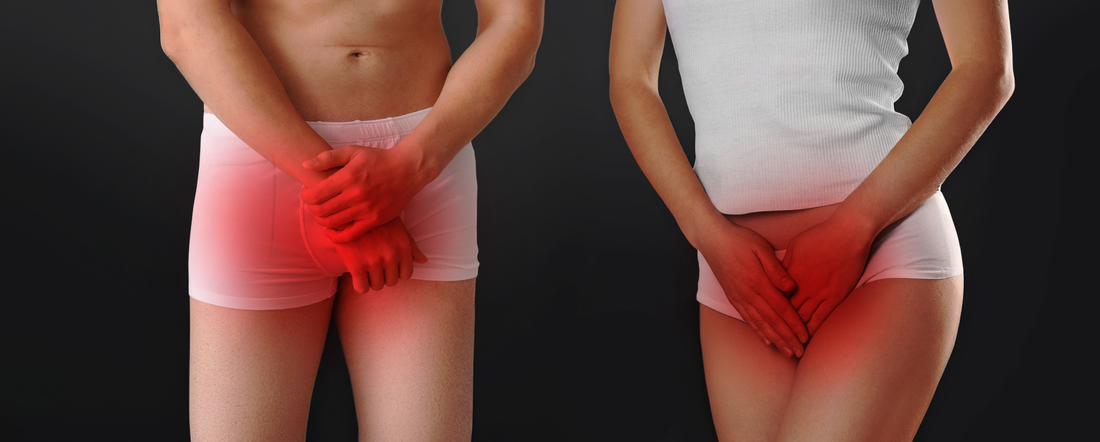
What is Donovanosis?
Share
Donovanosis, also known as Granuloma inguinale, is a bacterial infection that causes red flesh-eating ulcers, primarily around your genitals. It has been named the flesh-eating bug as the infection can start to attack your genitals and spread to other parts of the body. Donovanosis can be spread through unprotected oral, anal or vaginal sex and in some rare cases through non-sexual skin-to-skin contact. Once you have been infected with Donovanosis, symptoms can take 1-12 weeks to appear.
In 2019, Public Health reported 20 cases of Donovanosis in the UK with the majority of cases seen in the 20-40 age bracket. Positive cases have previously been found in more humid countries, such as; Papua New Guinea, southern Africa, parts of India and Brazil.
Let’s find out more about Donovanosis symptoms, Donovanosis and HIV, diagnosing Donovanosis and treatment as well as how to protect yourself from catching this rare STI.
What are the symptoms of Donovanosis?
The first signs of Donovanosis are firm raised bumps or lesions that eventually ulcerate and bleed - primarily affecting the genitals but can also affect other parts of the body. If left untreated, the infection can start to destroy the tissue around the genitals and spread to other parts of the body. Typically, there are four types of Donovanosis:
- Ulcerogranulomatous: This is the most common type of Donovanosis with red, beefy non-tender ulcers that bleed when touched and will increase in size if left untreated.
- Hypertrophic or verrucous ulcer: This is a growth that usually possesses an irregular edge, and can be completely dry.
- Necrotic: A foul smelling deep ulcer that causes tissue destruction.
- Dry, sclerotic, or cicatricial lesion: A lesion with fibrous and scar tissue.
Donovanosis and HIV
In Durban, South Africa where HIV has only been recognised recently, the proportion of men diagnosed with Donovanosis and HIV have significantly increased. This suggests that Donovanosis increases the transmission rate of HIV when in the presence of ulcers. For those that are HIV-positive, the symptoms of Donovanosis produce more tissue destruction and healing time tends to be longer after treatment for Donovanosis commences.
How do you diagnose Donovanosis?
Donovanosis is diagnosed by taking a swab of the ulcer using a cotton swab before being sent to the laboratory for testing. If a doctor or sexual health nurse suspects Dunovanosis, treatment will begin before the results come back. You will be asked about previous sexual partners so they can be contacted and also treated (this can be done anonymously) and all forms of sex will be off limits until the infection has been treated.
What is the treatment for Donovanosis?
Treatment for Donovanosis is quick and easy. You will be given a course of antibiotics for up to 3 weeks, such as Azithromycin - this will help treat the infection and heal the ulcers. You may be asked for a follow-up appointment to make sure the infection has cleared up and the ulcers are healing / or have healed.
How do I prevent myself from catching Donovanosis?
Condoms! Condoms reduce the risk of catching Donovanosis by preventing any sexual fluids from being transferred. By using a condom (or dam) every time you have vaginal, anal or oral sex reduces the risk of contracting Donovanosis. We have a wide variety of condoms available from regular, king, super king or trim as well as flavoured and fun condoms so there’s plenty of variety available. We also have latex free for those that have a latex allergy, internal condoms as well as dams.
Unsure which condom to choose? Open this link 'in a new window' here 'What type of condom should I buy?
As well as ensuring you or your partner wear condoms, getting a sexual health screen on a regular basis (we recommend annually or on change of a sexual partner) will help reduce the risk of catching and passing the infection on.



